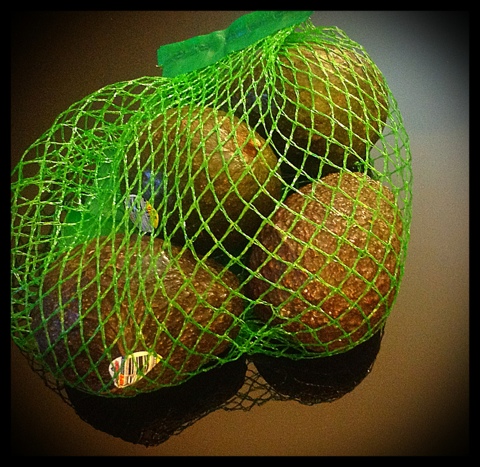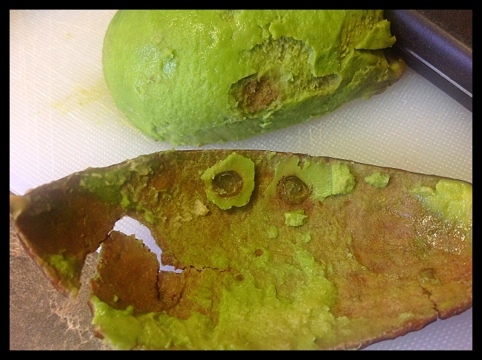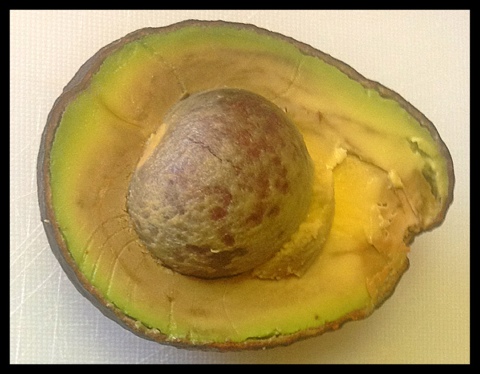Avocados have secured a title among the firmament of great super foods because of its high content in folate, potassium, vitamins E, C and K. It serves as a good antioxidant because it is an excellent source of glutathione, a molecule primarily used by the liver to sop up free radicals. In addition, the buttery fruit is high in monounsaturated fat which helps lower bad LDL cholesterol and increase good HDL cholesterol—it is too good, and so true.
Avocados can be had savory or sweet, but is most commonly found in the ever-popular guacamole dip. In preparing the fruit for any purpose, most people slice the fruit in half and approach it with a spoon. I’ve found that the best way to extract the meat is to quarter the avocado and peel the skin away from it like a banana. I do this because an avocado can have bruises or be affected by plant pathogens just under the skin. If you scoop the meat out, it’s harder to assess the quality of the fruit.
It’s unsightly….but is it still safe to eat?
According to Christine Bruhn, an avocado expert from UC Davis, cosmetically flawed parts– browning flesh or unsightly patches under the skin–does not mean that the entire avocado needs to be sacrificed. Salvaging the unaffected portions of the avocado is perfectly acceptable practice. Plant pathogens that affect avocados, such as Botryosphaeria and Fusicoccum fungi are generally not known to cause disease in humans. However, if the fruit becomes so overly ripe that the taste morphs toward unfamiliar territory, or is obviously moldy and rotten, you’re better off tossing it. Christine also debunked the widely held belief that if you leave the seed in your guacamole it would keep the dip from browning. She explains that the browning is due to oxidization. Once the fruit has been festively mashed up, the seed doesn’t keep the meat from coming in contact with the air. It’s best to eat all your guacamole in one sitting while it’s fresh, but if you must save it, sealing the dip with plastic wrap (with the plastic making direct contact) may be used for the short-term.
Avocados are a permanent item on my grocery list so that I could incorporate it in my diet daily, but keeping them fresh can be tricky. As a rule of thumb, I only buy the fruit when it is still firm, and I allow them to ripen at home. When they appear ready to consume, storing them in the fridge extends the shelf life for up to a week. Steve Dreistadt, an agricultural expert from the University of California explained that avocados are often imported from various regions of the world; Mexico, Chile, Dominican Republic, and California just to name a few. Generally, these regions take turns in harvesting the fruit so that avocados are available year round. Lucky us!



Avocados are a staple at our house too. I like one with arugula, walnuts, salmon and lemon juice, or mash one with 2tbsp dark cocoa powder and honey to taste for a yummy chocolate mouse!
The chocolate mousse idea sounds decadently delicious! I will have to try it soon!